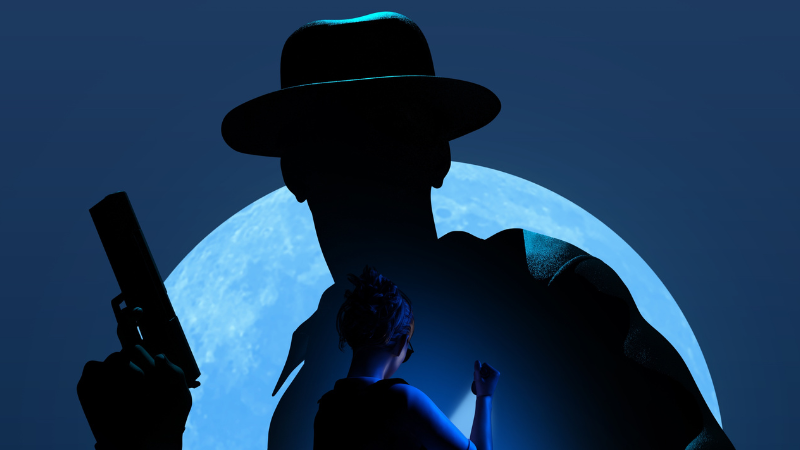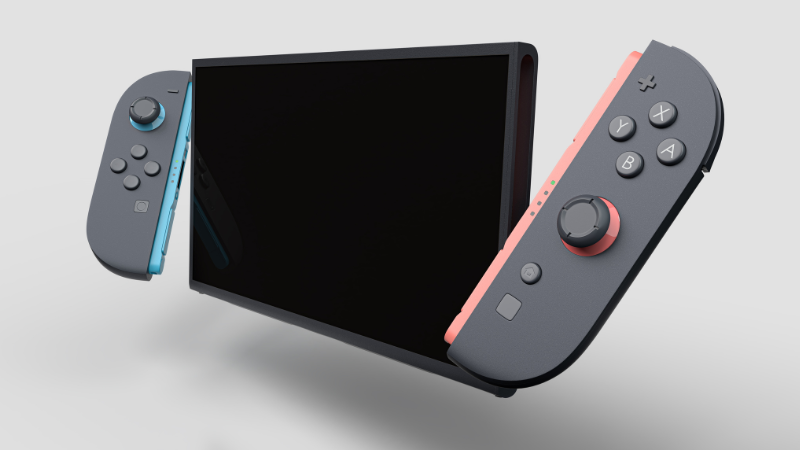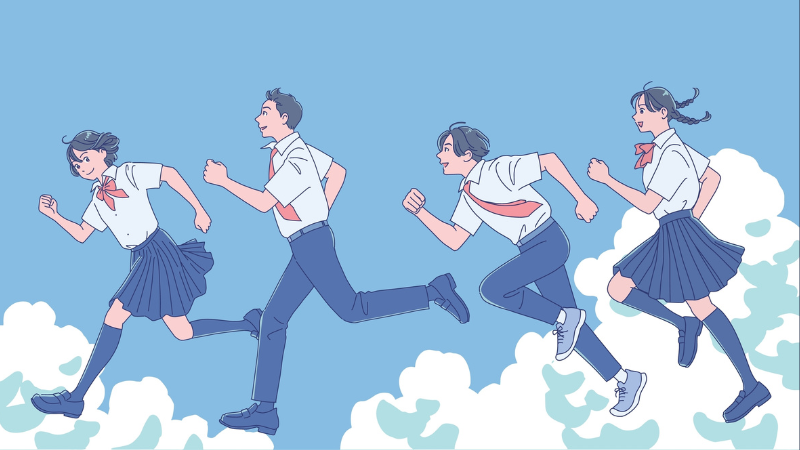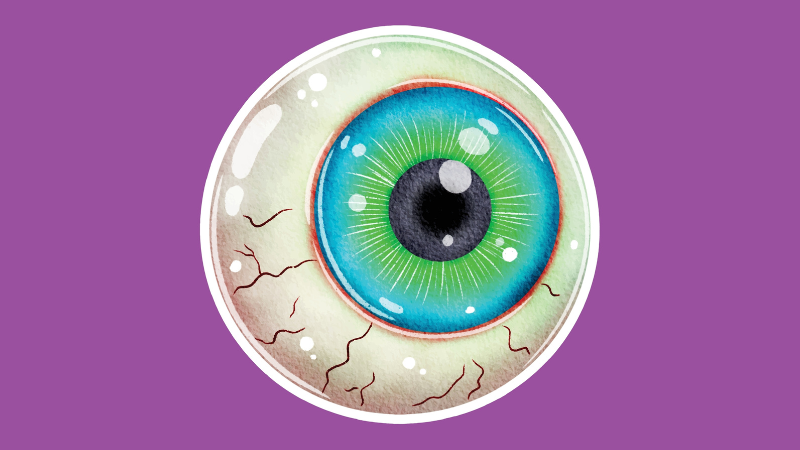E-Sports
The Best Overwatch Skins for Every Hero
Overwatch heroes are specialists in bringing uniqueness and personality to any player’s game-style. They are all different characters but the skins definitely add some spice to the individuality of […]
News and updates from the world of E-Sports across all games, and how you can be more competitive against opponents online.




